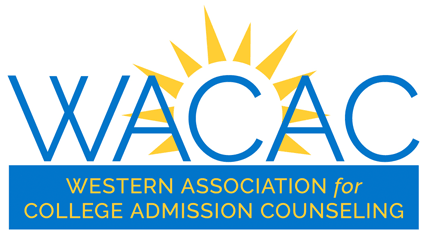In a recent opinion column published in the Washington Post, University of Southern California President C.L. Max Nikias advocated strongly in favor of elite universities admitting a significant number of community college transfer students. Writing about the diversity that community college students bring to his campus, President Nikias stated, “In 2013, 44 percent of the community college transfer students enrolling at USC were first-generation students, and…46 percent came from disadvantaged socioeconomic backgrounds. Integrating students from all walks of life makes the campus experience more like the real world. And it inspires and promotes upward mobility.” As a Transfer Coordinator at a California Community College (CCC), it’s probably no surprise that I couldn’t possibly agree more with President Nikias.
But what about the other 56 percent of community college students admitted to USC who were not first generation, or the 54 percent who weren’t socioeconomically disadvantaged? Sometimes I think these students represent a hidden diversity among community college students. They choose the transfer pathway not because it’s their only choice but simply because it’s their best choice, and they often bring distinct experiences and abilities that are sometimes under-appreciated when discussing diversity.
President Nikias’ column included five separate references to low-income transfer students. Certainly, the cost-effectiveness of community colleges is a major benefit that makes higher education accessible for low-income students, but as I write this, two of the last three students I helped with CSU and UC applications reported family incomes between $170,000 and $190,000 per year. The Great Recession drove many families to find more affordable education options, but we see students every year who choose community colleges even though they have the financial resources to go directly to four-year schools.
Popular media often stereotypes community college students as underachievers, but community colleges are home to some truly gifted scholars. I just met a student who earned his high school diploma after only two years, and will transfer to a university next fall as an eighteen year-old junior. It’s also not unusual to find students who enter community college with enough AP credits to transfer as juniors after one year. These students usually go to highly competitive universities like Berkeley, UCLA, or sometimes an Ivy League campus. Yes, community colleges can and do transfer students to elite universities, including the Ivy League, Caltech, M.I.T., and Stanford.
“First-generation” is another category of students often cited in discussions of diversity, but these aren’t all 18-year-olds. Last week I met with a student in her late forties who is a mother of five kids, two of whom are now at a university. She is finishing up at our college and preparing to transfer. Is she still classified as a first-generation student if she’s already sent her own kids to college? I don’t know, but she will certainly add to the breadth of experience at whatever university admits her.
We’re also seeing more and more international students who aren’t disadvantaged but who bring cultural and experiential diversity that can’t be found in even the most mixed of neighborhoods in our area. Likewise, veterans, student parents, students with disabilities, and LGBTQ students all have personal journeys and insights that are unique. Their pathways through college may be non-traditional, but their academic ability and commitment to education is often remarkable, and their experiences certainly enhance the any school.
Diversity can mean a number of things beyond ethnicity, family education, or bank balances. Community college students represent this in many ways that can enhance every campus, and as President Nikias’ article points out, they succeed at even the most competitive universities. With shared acceptance of the IGETC general education course pattern – which more private schools would be wise to consider – California’s public universities are very transfer-friendly, and for many years they have experienced the benefits that CCC students bring to their campuses. I join President Nikias in encouraging additional elite universities to follow suit in fully embracing the transfer model and the opportunities it affords for students and institutions alike.
By Robert Waldren
